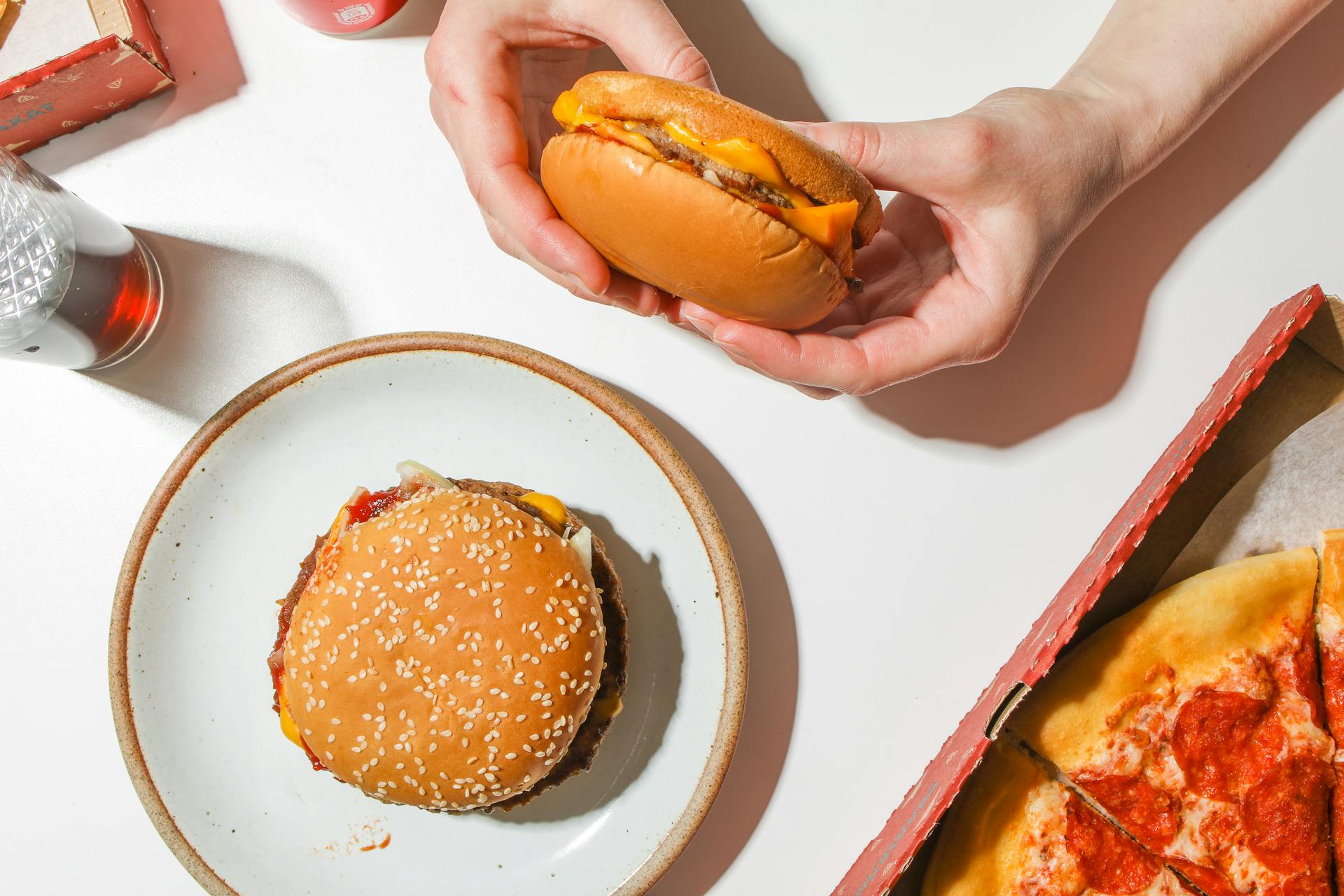U.S. News
18 More Fast Food Staples That May Disappear After FDA Crackdown
By Jake Beardslee · August 11, 2025

18 More Fast Food Staples That May Disappear After FDA Crackdown
With mounting pressure to ban artificial food dyes like Red 40, Yellow 5, and Yellow 6, some iconic fast food items could soon vanish or undergo major changes. Health and Human Services Secretary Robert F. Kennedy Jr. has made dye elimination a cornerstone of his “Make America Healthy Again” campaign. “These poisonous compounds offer no nutritional benefit and pose real, measurable dangers to our children’s health and development,” Kennedy said. The FDA’s plan to phase out petroleum-based dyes by the end of 2026 could force menu shakeups across the industry, with some recipes potentially reinvented or retired entirely.Melissa Hockstad, president and CEO of the Consumer Brands Association, has warned that “decision time is imminent” for companies. For many, the clock is ticking on menu staples that depend on bright synthetic coloring for their appeal.
Here are 18 more items that could be on the chopping block. Joe Rondone/The Arizona Republic / USA TODAY NETWORK via Imagn Images
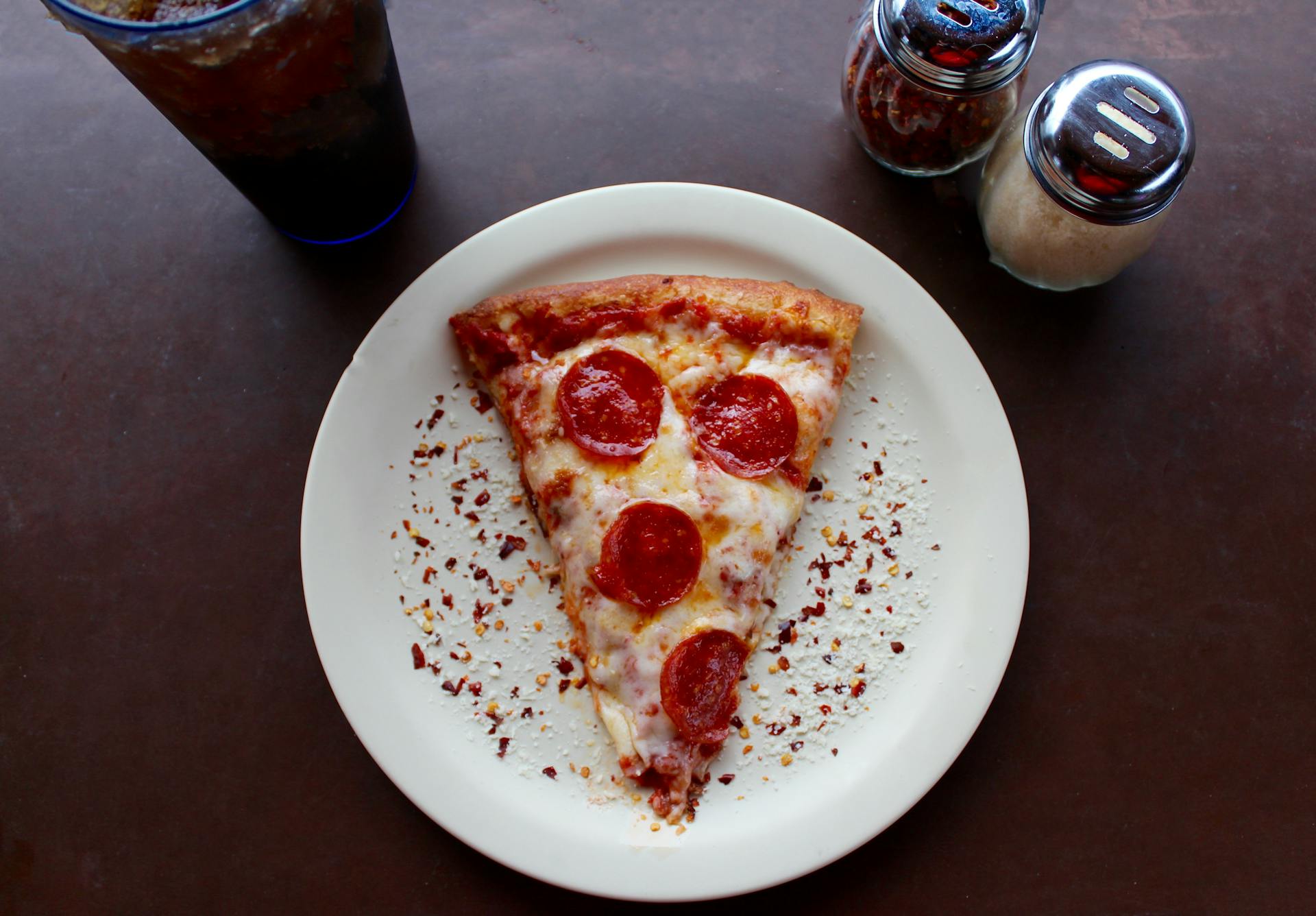
Gas Station Pizza Slices
Gas station and convenience-store pizzas often rely on dyed cheese blends to maintain a rich golden color after hours under heat lamps. The appeal of these slices is as much visual as it is about convenience, and a pale, uneven cheese topping could deter impulse buys. Without Yellow 6 or annatto substitutes, the finished product may look undercooked or stale even when fresh. This could lead operators to either reengineer the recipe or quietly retire pizza from their hot cases. Sydney Troxell / Unsplash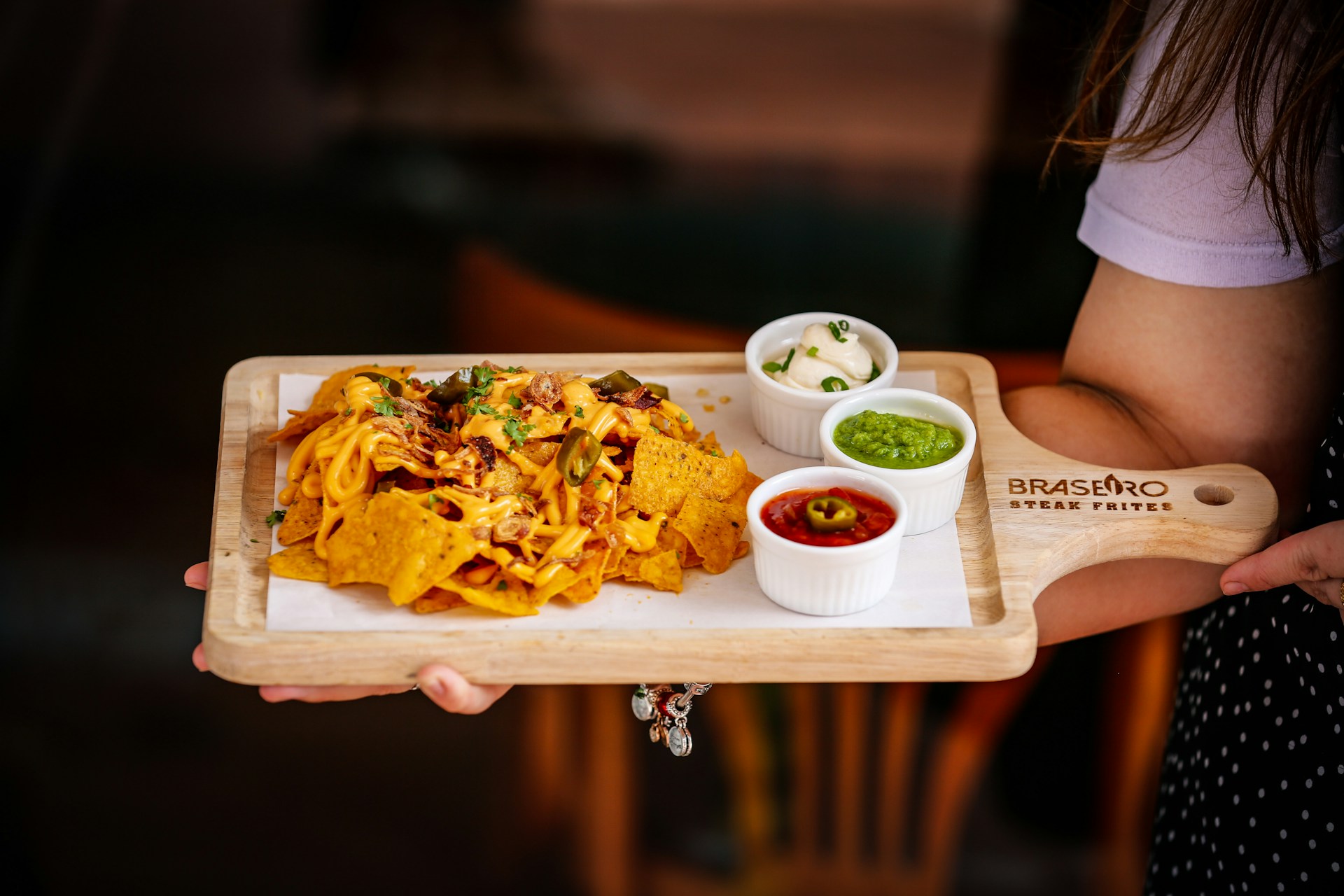
Loaded Nachos with Cheese Sauce
The vivid yellow-orange cheese sauce poured over nachos often gets its color from Yellow 5 and Yellow 6. Without dyes, it can appear watered down, making the whole platter look less indulgent. Paras Kapoor / Unsplash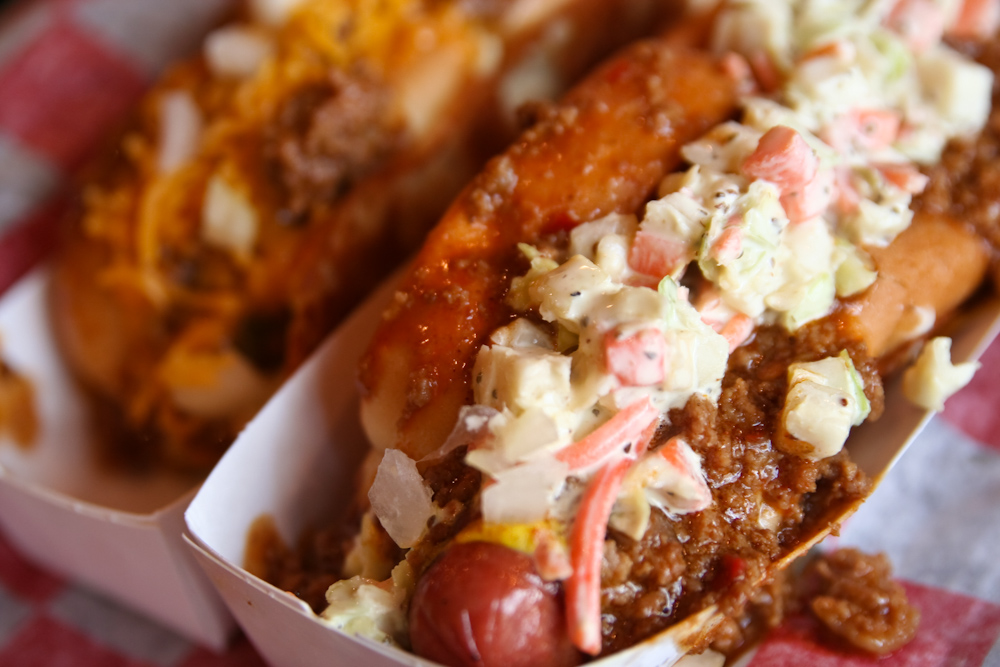
Chili-Cheese Hot Dogs
Many quick-service chili sauces use Red 40 to maintain a rich brick-red color even after hours in a warmer. Without synthetic dyes, the sauce can turn a dull brown that looks less fresh and appetizing. This could make a longtime ballpark-style menu item less appealing to customers. stevendepolo, CC BY 2.0 https://creativecommons.org/licenses/by/2.0, via Wikimedia Commons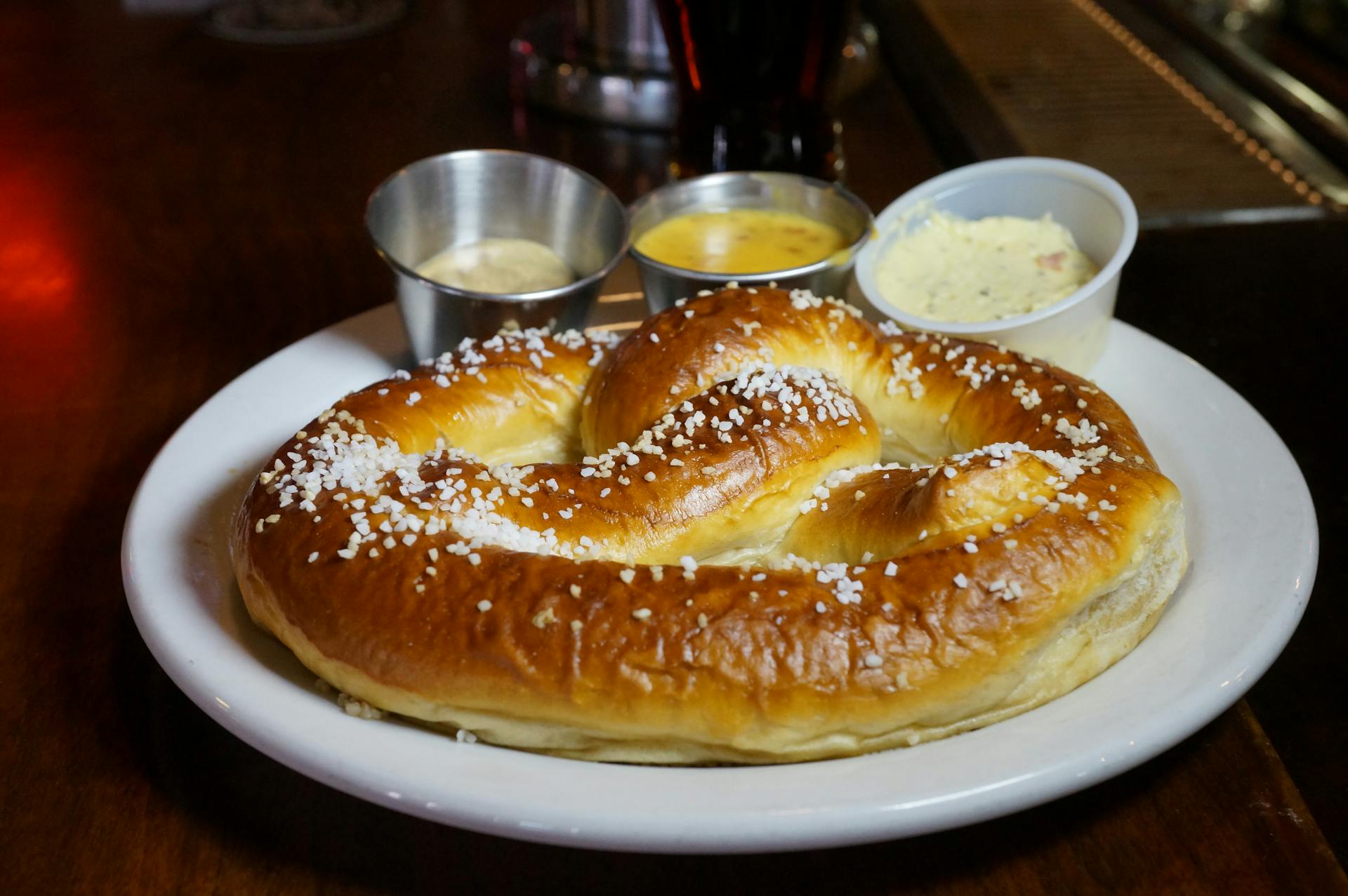
Cheese Stuffed Pretzels
Molten cheese inside stuffed pretzels usually gets its signature neon yellow-orange from Yellow 5 and Yellow 6. This vivid color tells customers they are in for a rich, gooey snack before they bite in. Without synthetic dyes, the cheese can appear pale or blotchy, which might read as old or unappetizing. Chains may be forced to overhaul their recipes or limit offerings to plain pretzels instead. tom davis / Pexels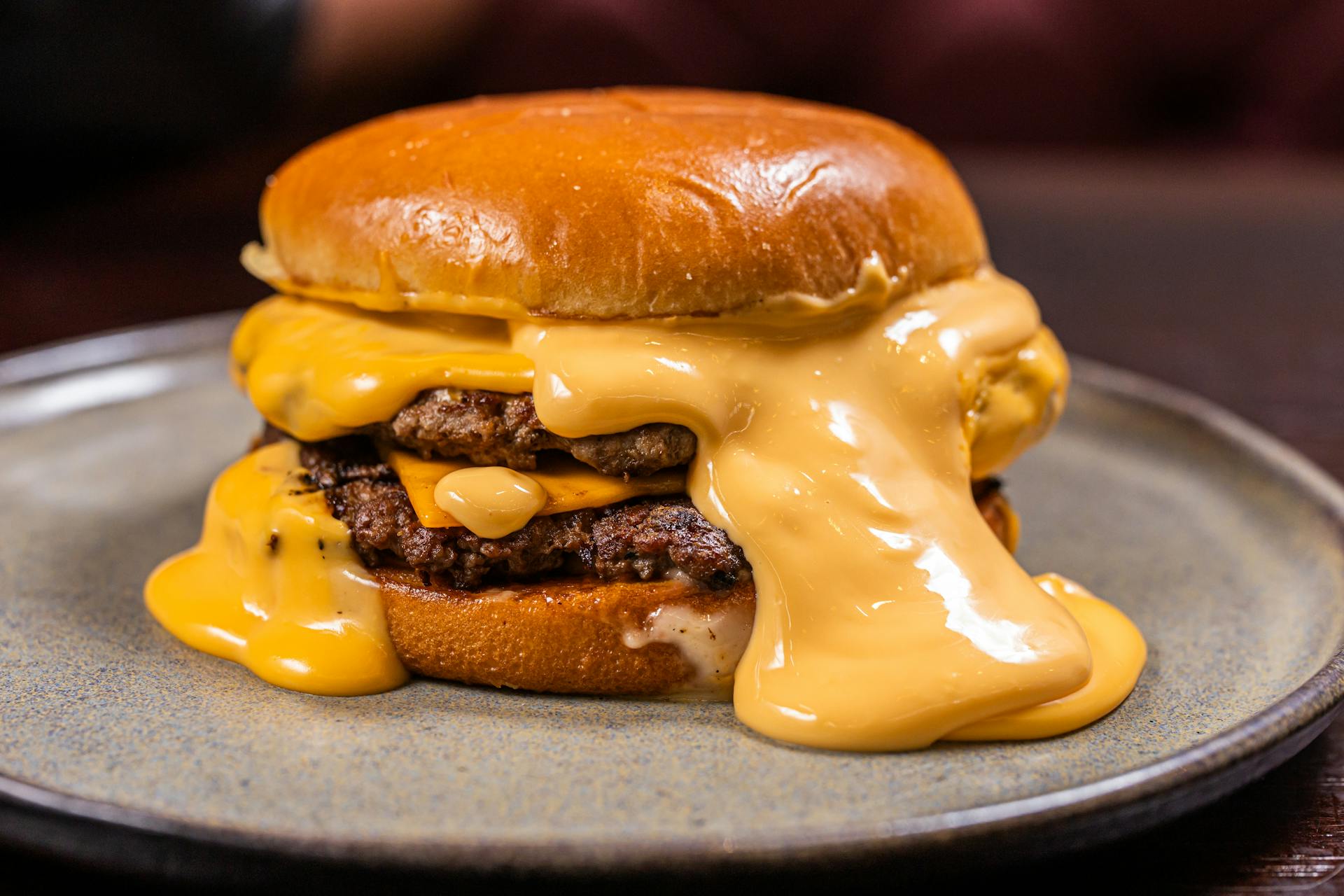
Spicy Queso Burgers
Burgers topped with spicy queso sauces often rely on a blend of paprika extract and synthetic dyes to keep the topping a bright, inviting orange. This visual cue is important because diners associate the color with bold, cheesy flavor and heat. Removing dyes could leave the sauce looking dull beige, which may not sell the idea of spice as effectively. In a crowded menu, a less vivid product risks being overlooked. Vinícius Caricatte / Pexels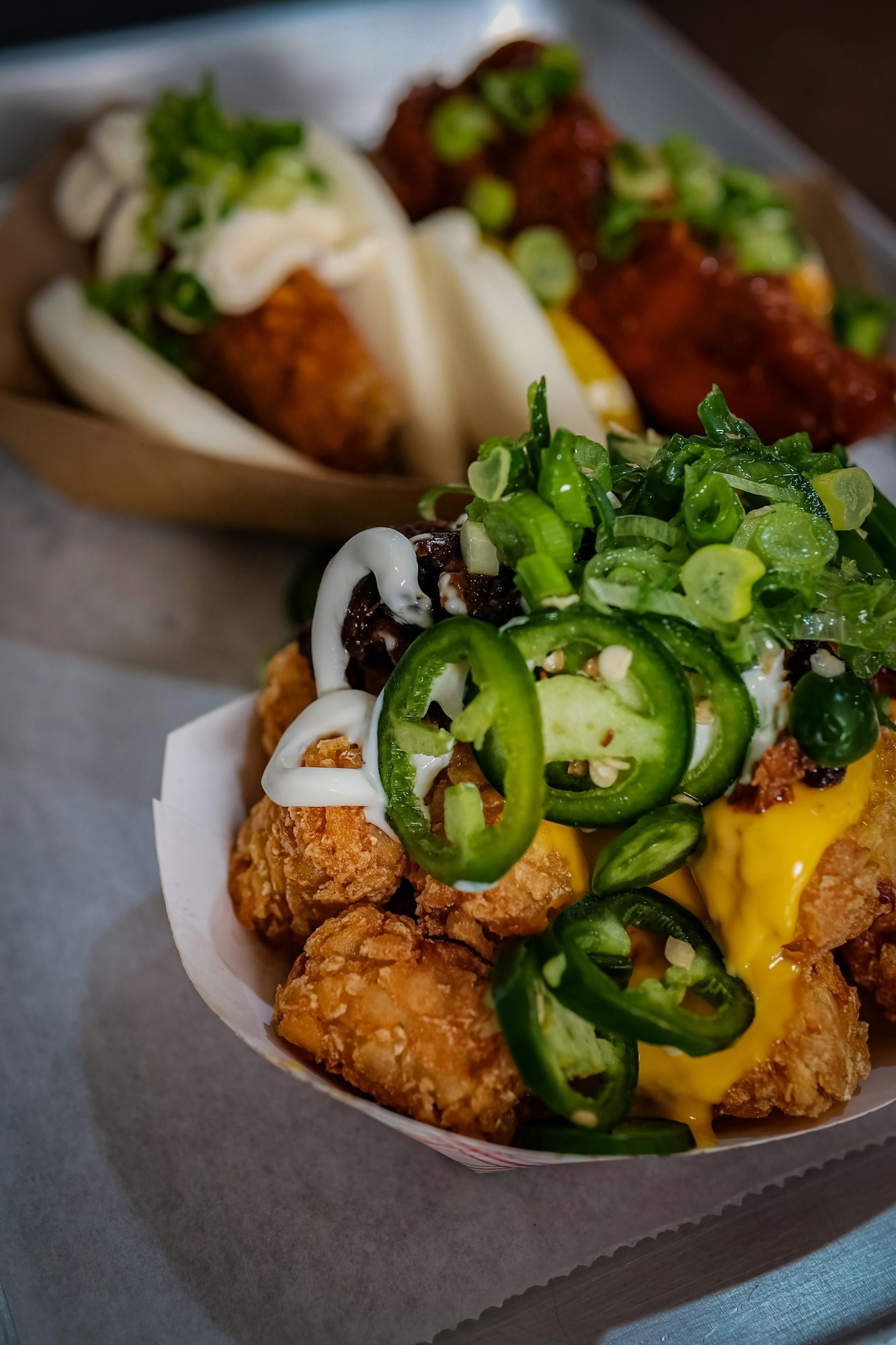
Loaded Tater Tots
Nacho-style tater tots topped with cheese sauce, sour cream, and seasonings often use dyed sauces or seasoning dusts for visual impact. The bright orange cheese and red chili powder make the dish pop in promotional photos. A dye ban would tone down these colors, possibly making them appear bland and less craveable. For a menu item built on indulgence, losing that color punch could mean losing customers. Connor McManus / Pexels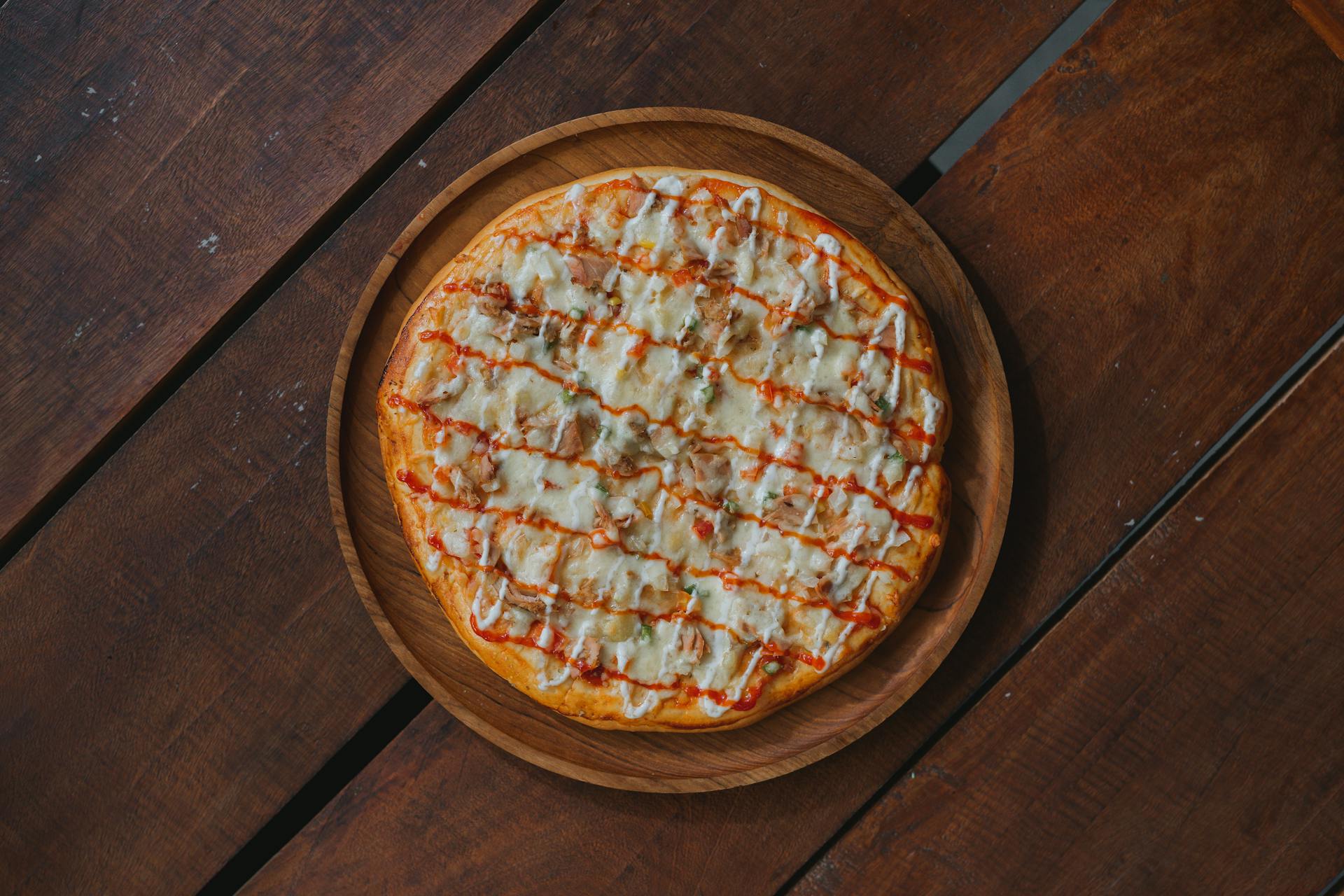
BBQ Chicken Pizza
Some chain BBQ sauces use Red 40 to maintain a deep, glossy color even after baking at high heat. Without the dye, the sauce can turn rusty or uneven, giving the pizza a cheaper, less appetizing look. This could be a major problem for chains that rely on BBQ chicken pizzas as a signature menu item. The reformulation process would be costly and could alter the flavor as well as the appearance. ahmad nawawi / Pexels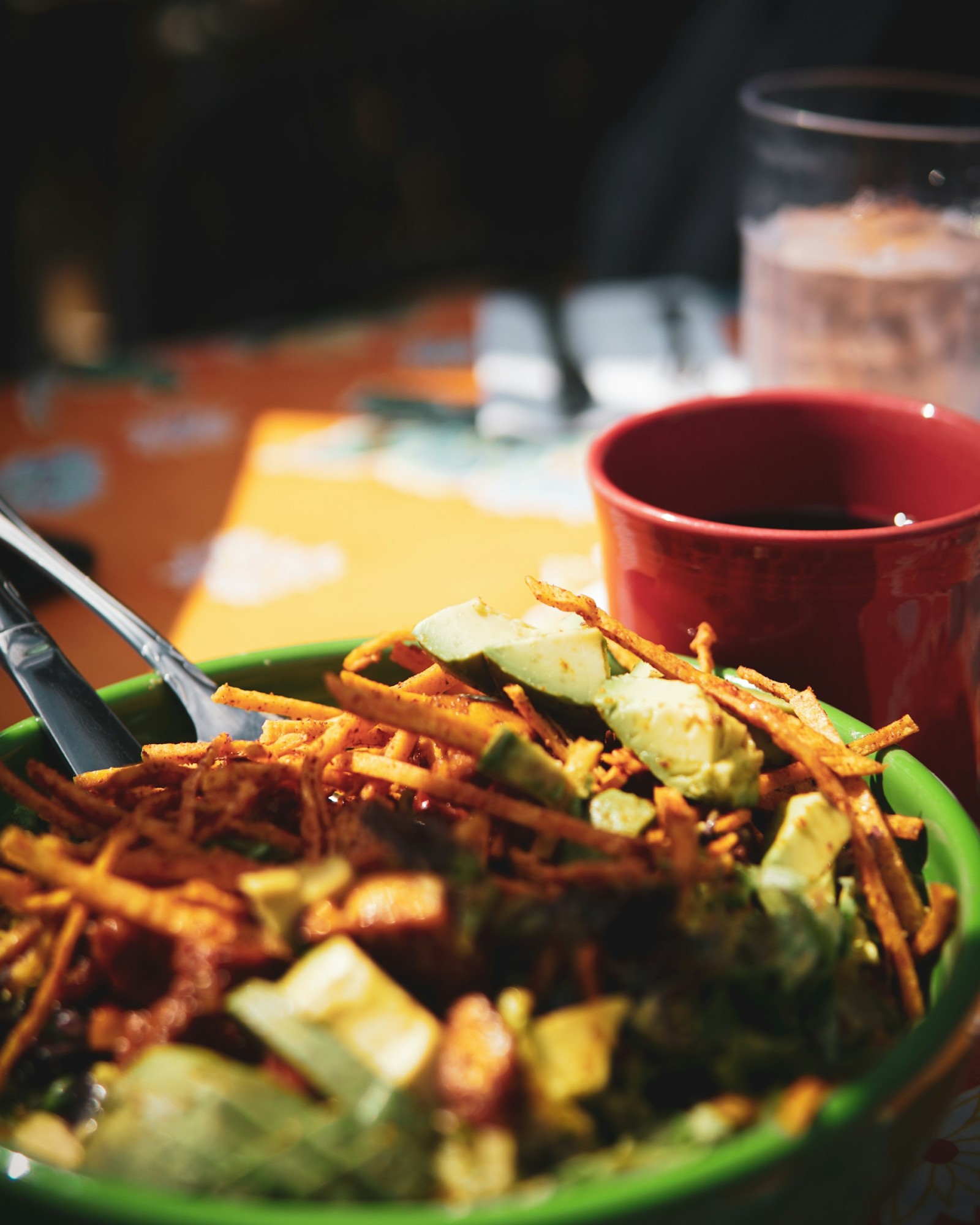
Spicy Corn Chips for Taco Salads
Bright orange or red tortilla strips used in taco salads often get their consistent color from Red 40 and Yellow 6. These chips add both crunch and a visual burst to otherwise muted salads. Without synthetic dyes, they could look pale or blotchy, reducing their appeal as a garnish. Some restaurants may opt to replace them with plain chips or scrap them entirely. Darpan / Unsplash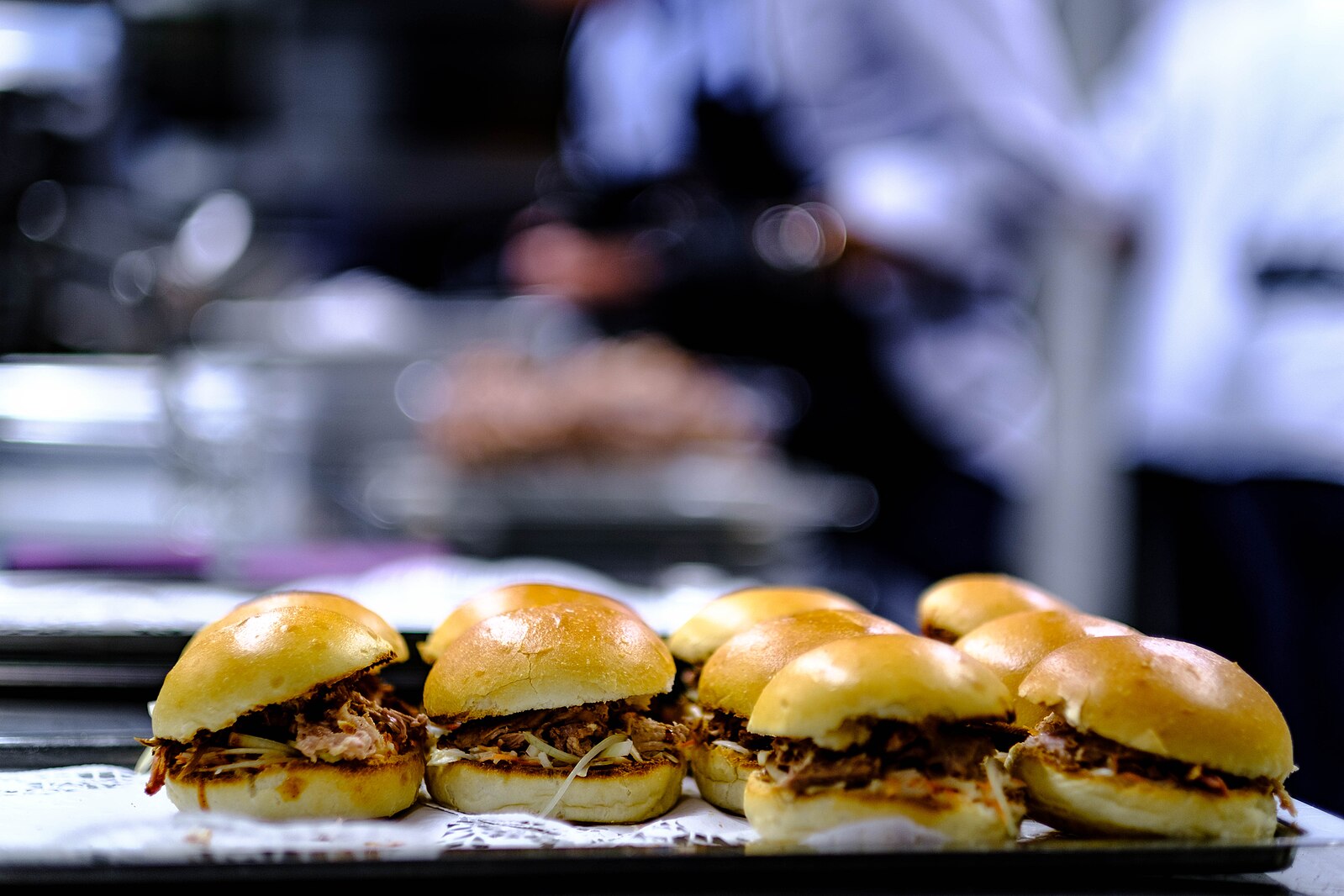
BBQ Pulled Pork Sandwiches
Many BBQ sauces for pulled pork rely on Red 40 to keep a deep, glossy red even after being held warm. Without synthetic coloring, the sauce can look flat and muddy, which may hurt its appeal in display cases and promotional photos. Dktue, CC0, via Wikimedia Commons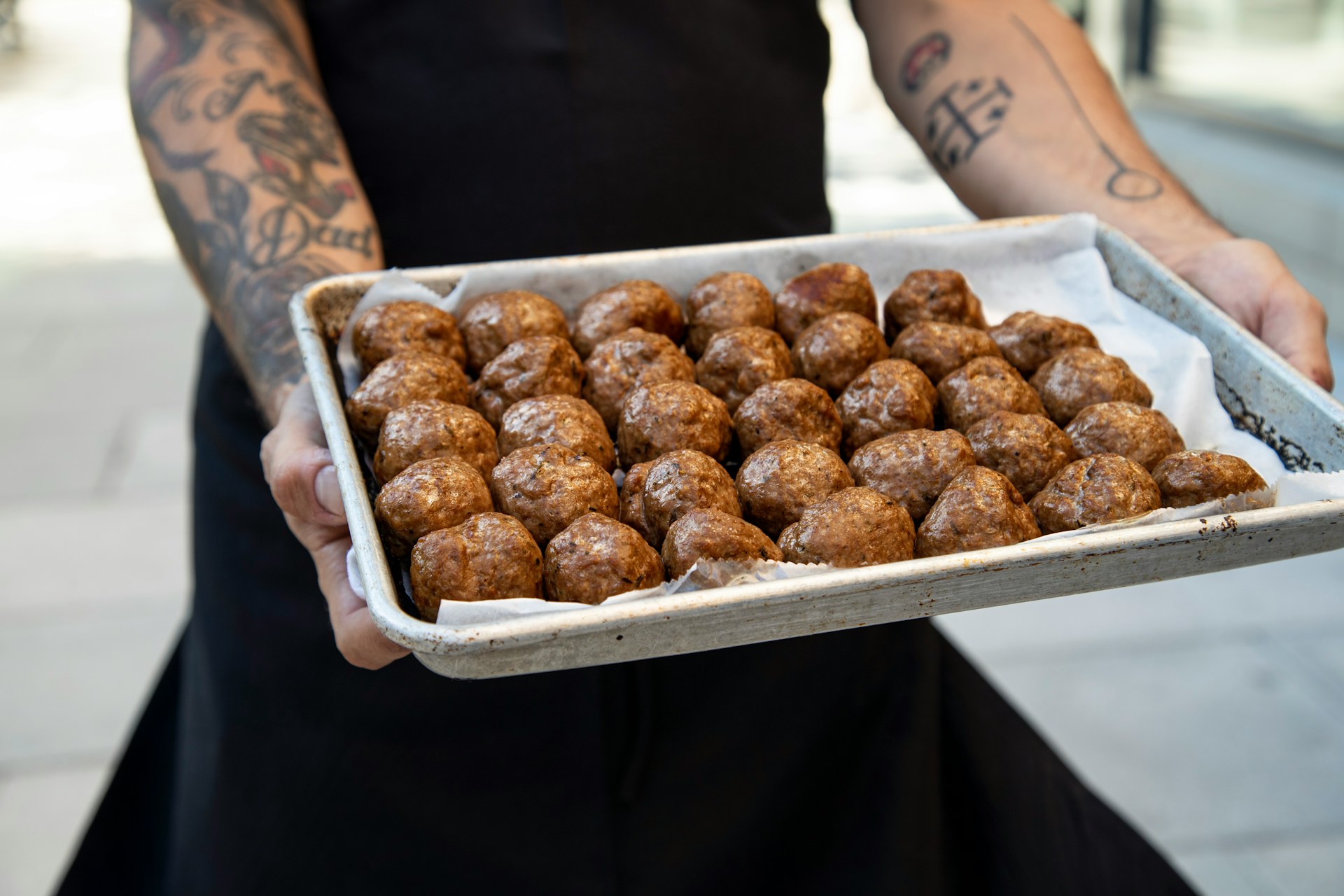
Glazed Meatballs
Certain grab-and-go or catering-style meatballs feature a glossy cherry glaze enhanced with Red 40. The dye helps the glaze retain a rich, appetizing color even under heat lamps. Without it, the glaze could turn brownish, making the meatballs look overcooked or dried out. This change might push some retailers to drop the item from their menus. Clark Douglas / Unsplash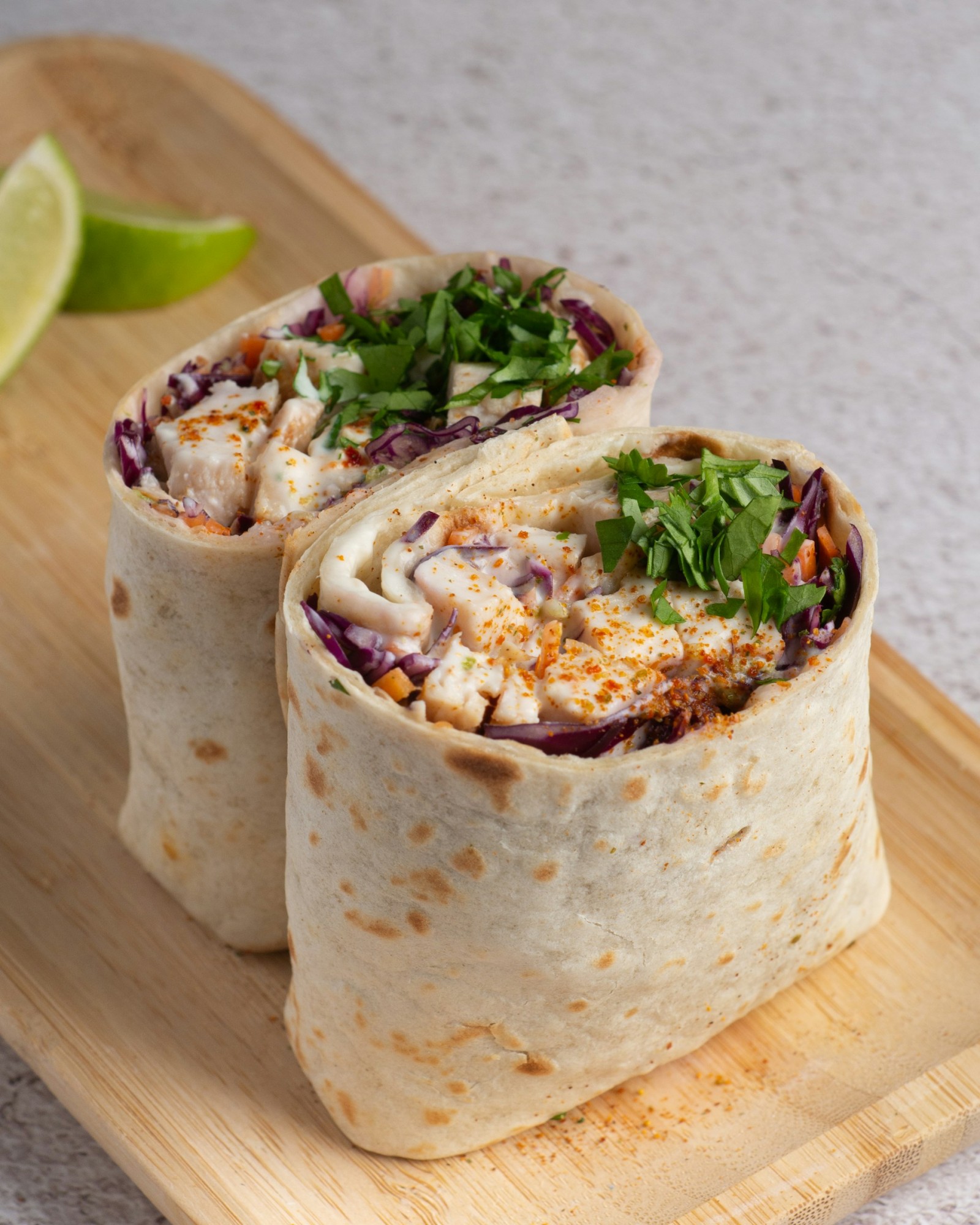
Sweet Chili Chicken Wraps
Sweet chili sauce often gets its sheen and bright red hue from synthetic coloring. Without it, the sauce can look murky, making the wrap seem less fresh or flavorful. In a competitive fast-casual market, visual appeal can make or break a sale. Reformulating could also change the texture and flavor balance. Max Griss / Unsplash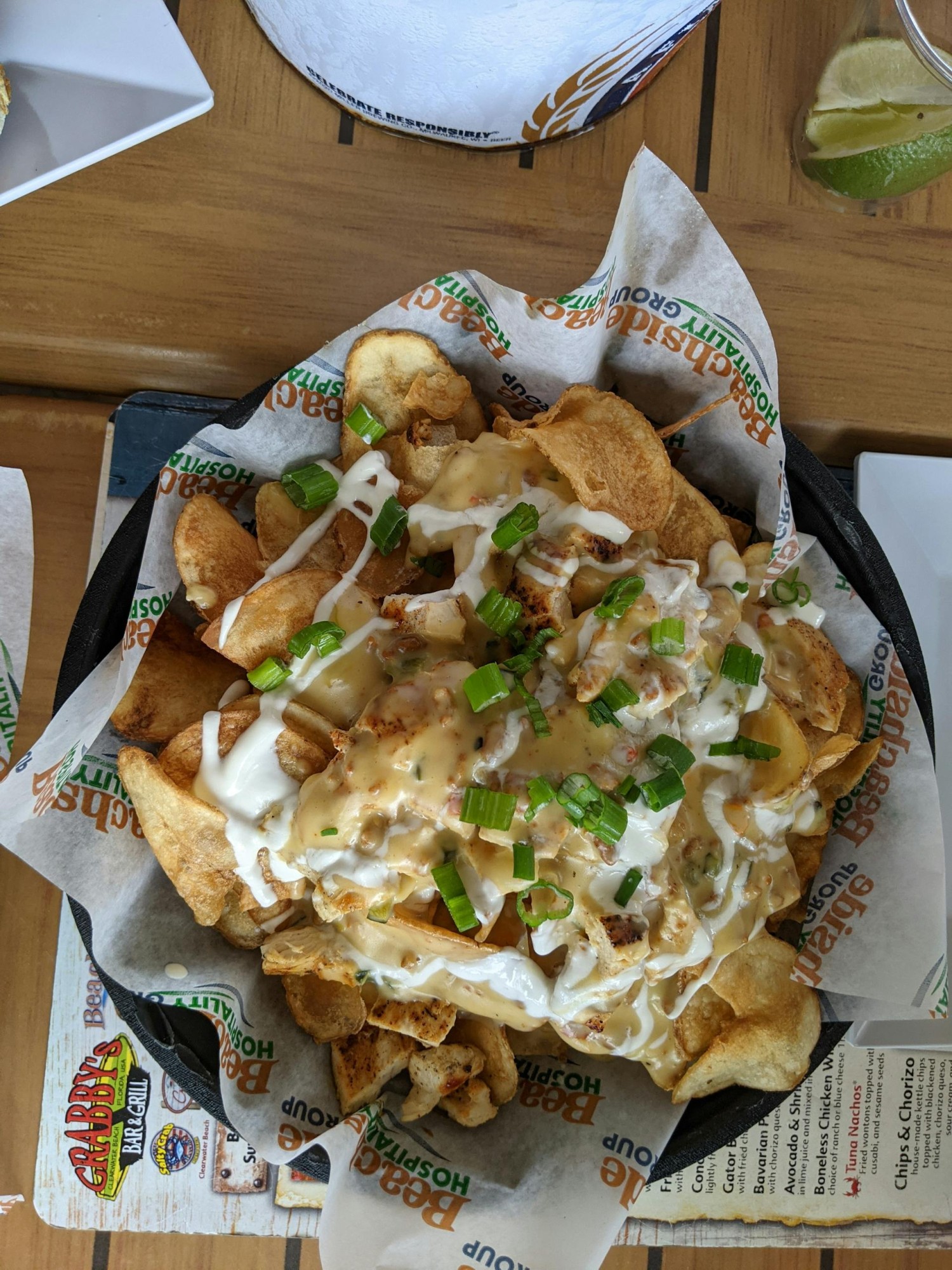
Loaded Potato Skins
Cheddar topping on potato skins often gets its intense orange color from Yellow 5 and Yellow 6. Without these additives, the cheese can melt into a pale layer that blends with the potato, making the dish look less rich and hearty. Frank Rojas / Pexels
Rainbow Bagels
Rainbow bagels in chain coffee shops and fast casual bakeries depend on synthetic dyes to get sharp, defined stripes. Natural colorants often bake up muddy, causing colors to blend into each other. These bagels are marketed heavily on their Instagram appeal, so duller tones would undermine their novelty. Without that visual hook, many bakeries may abandon the style entirely. Bamgoguma, CC BY-SA 4.0 https://creativecommons.org/licenses/by-sa/4.0, via Wikimedia Commons
Sweet and Sour Dipping Sauce
Bright red sweet and sour dipping sauce for fried appetizers often gets its jewel-like shine from Red 40. Without it, the sauce can appear dull brown or orange, making it seem less fresh. This loss of vibrancy could make fried items look heavier and less appetizing, leading some chains to drop the pairing. Judgefloro, CC0, via Wikimedia Commons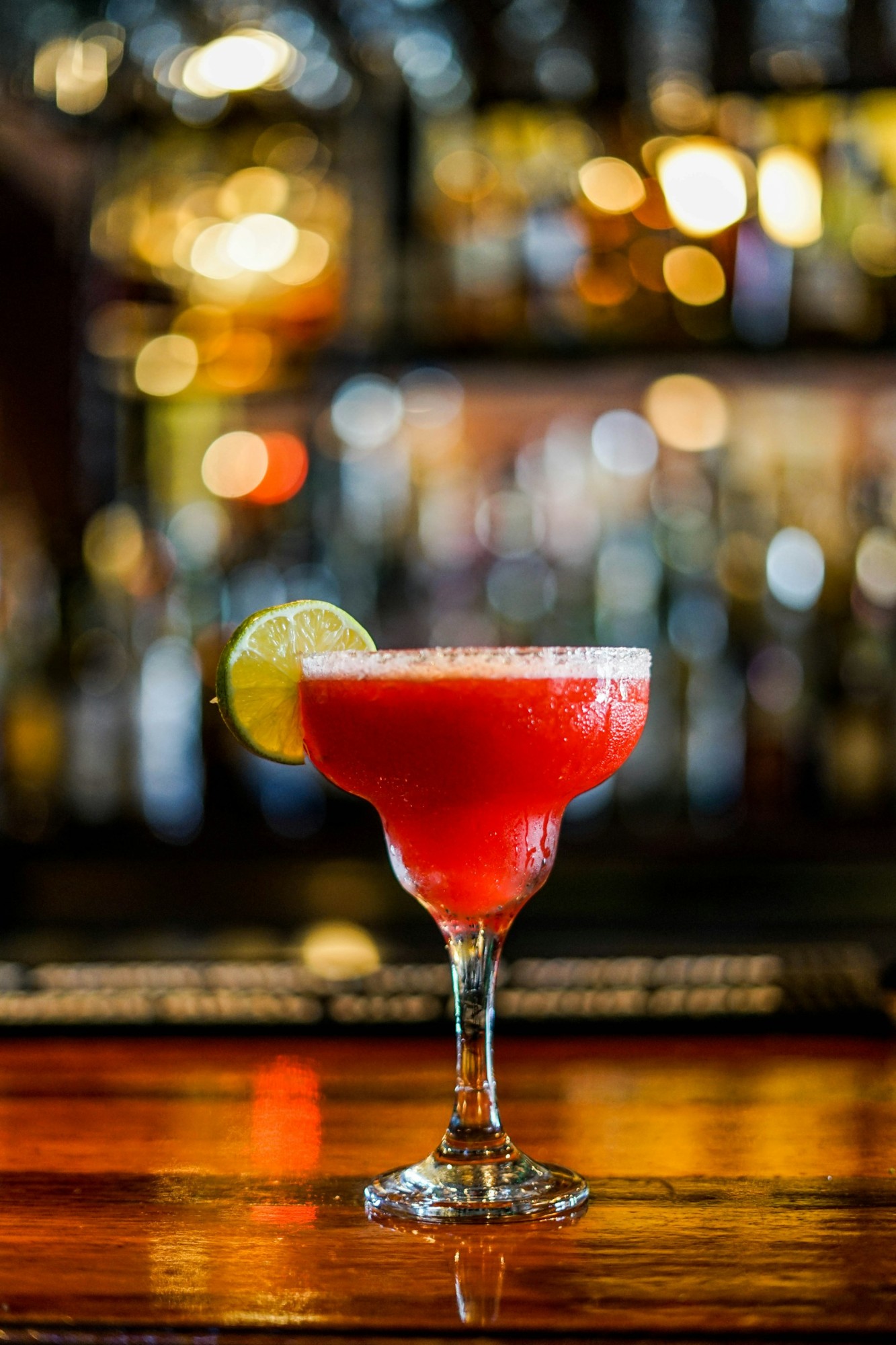
Brightly Colored Margarita Mixes
Frozen margarita mixes in neon green, orange, or blue use synthetic dyes to reinforce flavor cues. Without them, the drinks may take on cloudy or unappealing shades, potentially hurting impulse orders in fast-casual and chain bar settings. Tai's Captures / Unsplash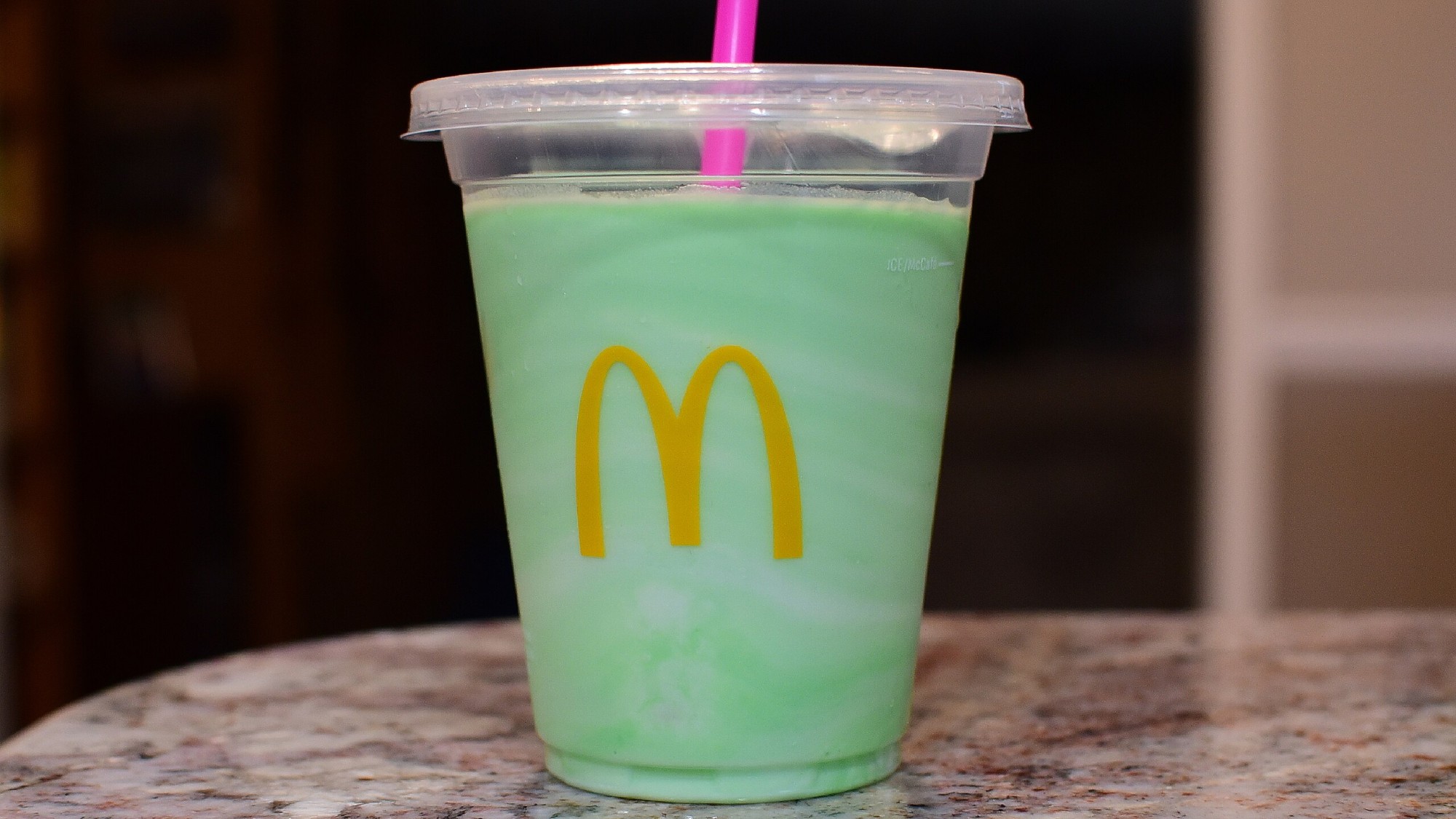
Green Mint Chocolate Chip Shakes
Mint shakes often use Yellow 5 and Blue 1 for their pale green color, even when flavored with real mint. Without dye, the shake may appear off-white, making it harder for customers to distinguish it from vanilla. slgckgc, CC BY 2.0 https://creativecommons.org/licenses/by/2.0, via Wikimedia Commons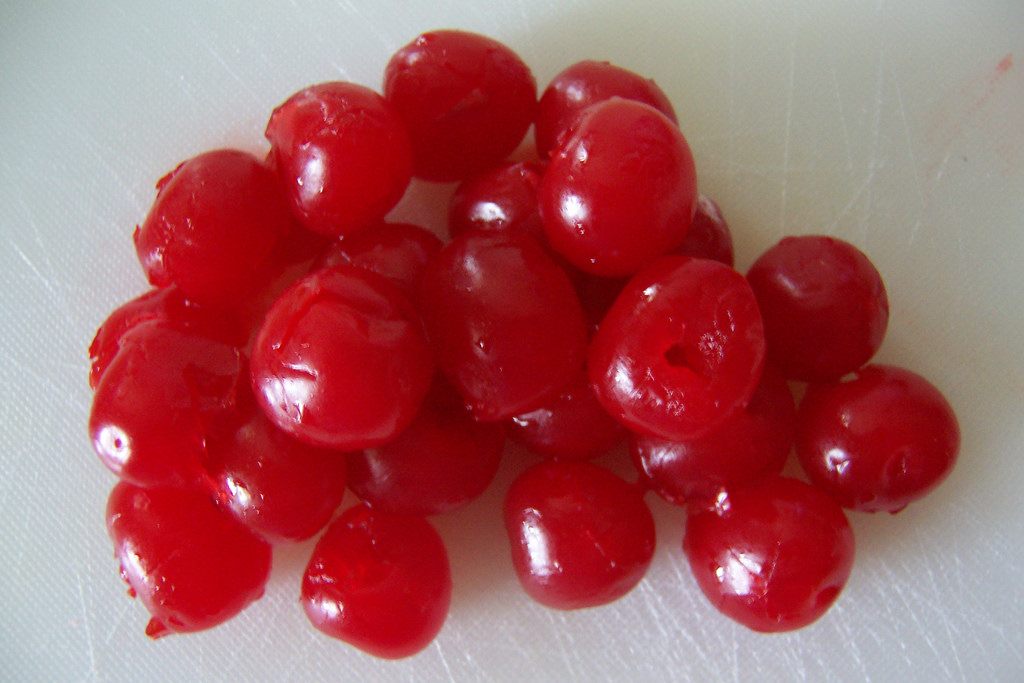
Bright Red Cocktail Cherries
Maraschino cherries get their signature red from synthetic coloring. Without it, they return to a beige or brownish shade that many consumers may find less appetizing in drinks or desserts. WindyWinters, CC BY 2.0 https://creativecommons.org/licenses/by/2.0, via Wikimedia Commons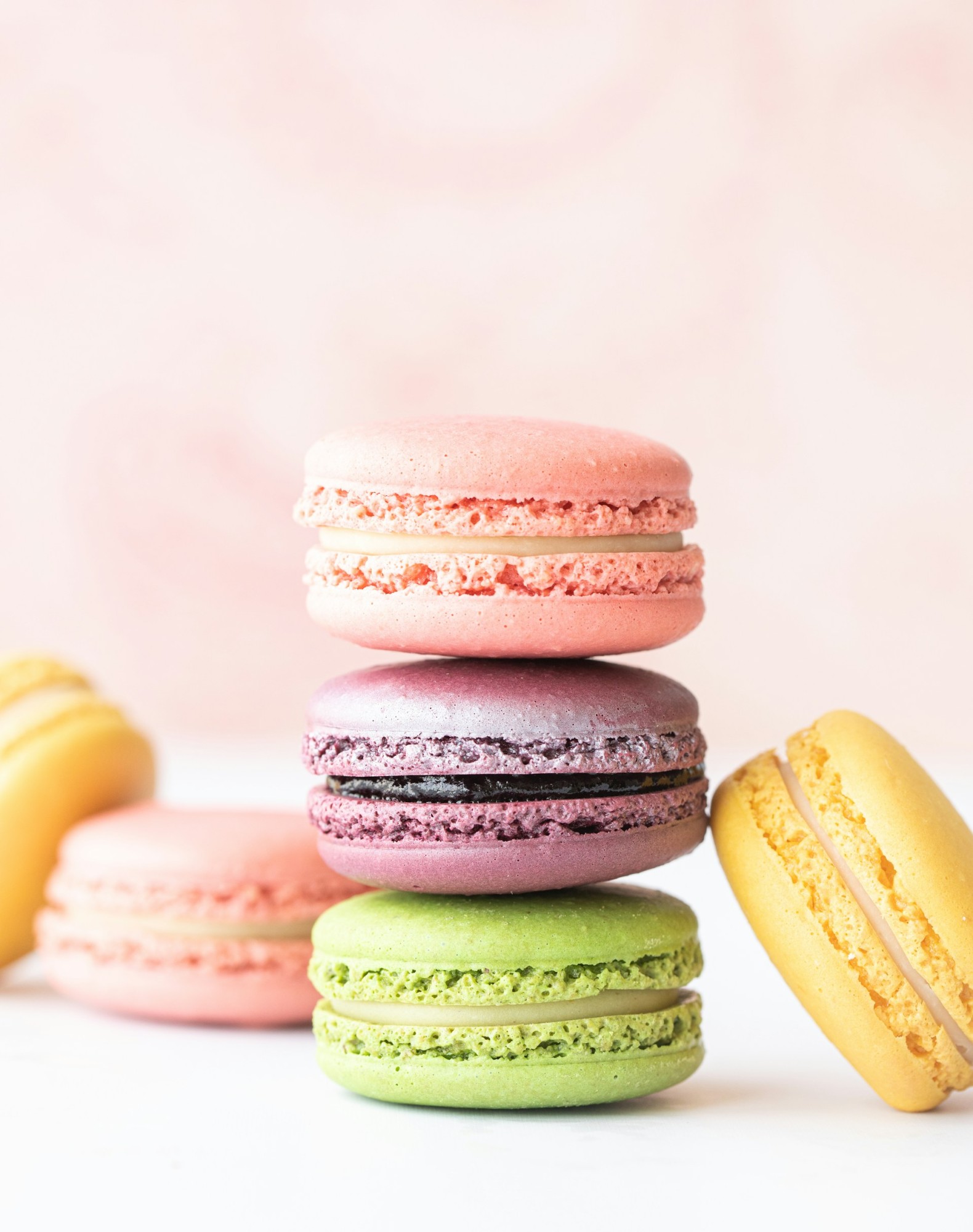
Brightly Colored Macarons
French-style macarons in vivid colors sometimes rely on synthetic dyes for visual variety. Without them, the pastel or neon colors could dull, reducing their luxury appeal in display cases. Heather Barnes / Unsplash